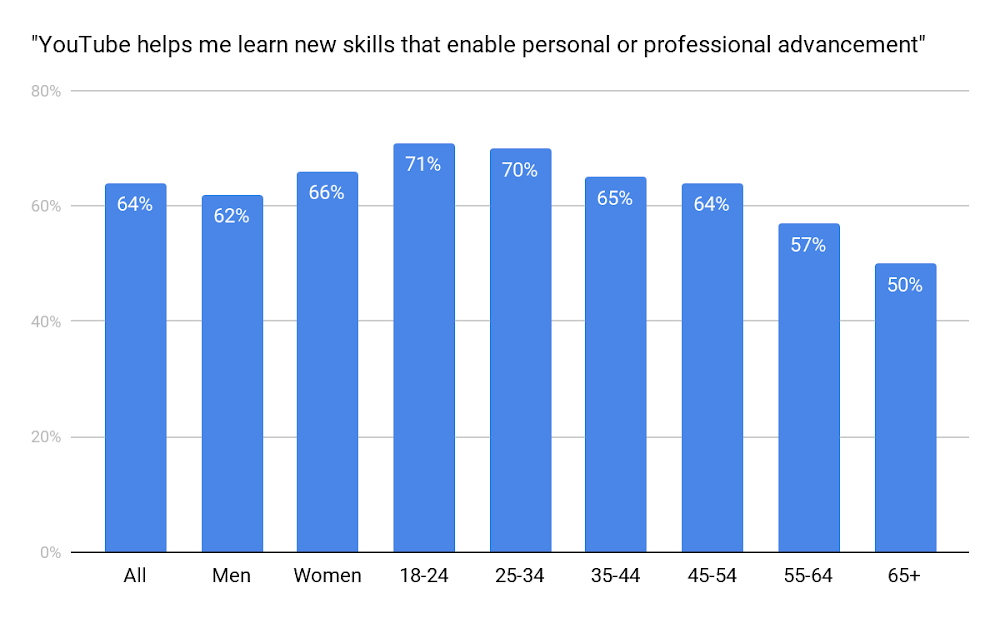Parenting today involves raising kids who are surrounded by technology and smartphones. As a mother of two young kids, making sure they understand online safety is a top priority of mine. Children are spending more time than ever looking at screens, and at younger ages. Finding that balance of online and offline, setting boundaries, and having those conversations are critical for creating a healthy and safer experience online.
A few clicks in the right direction...
Over the past two years, we’ve checked in with parents across the Asia Pacific region to see how they handle their kids’ technology usage. The survey results are encouraging: most parents (80%) are confident that their child would come to them with any problems online, and have already had conversations with them about online safety (73%).
Screentime has been steadily rising - and unsurprisingly, more than 60% of parents allowed increased screen time for kids, which has been essential for online classes (52%), learning new languages (33%) or even reading a book (31%).
… but not all compute.
Despite the optimism, one in three parents still worry their children might not be sufficiently informed about online safety. We also found that while children get their first mobile phone at an average age of 10, parents don’t talk to them about online safety until an average age of 13. This three-year gap could be why kids aren’t as informed as they could be— particularly at an age when they are most vulnerable to pitfalls and hard-to-break habits.
Never too early to learn
Parents believed having a casual conversation with their child (42%) was the most effective way to engage them on online safety, followed by establishing rules by using parental control features (30%). We also asked parents at Google about their own parenting tips.
Help kids be safer and confident online
As technology rapidly evolves, it can be difficult for parents to find the most up-to-date information on online safety. Close to half said they don’t know what tools to use to monitor their kids’ online activity, or haven’t been able to find any easy-to-understand online safety examples.
Here are some handy tools and free resources that parents can use:
- Be Internet Awesome provides tools and interactive games that teaches kids the fundamentals of digital citizenship and online safety .
- Google’s Family Link helps set digital ground rules to guide your children as they learn, play, and explore online, and make the right screentime choices for them.
- SafeSearch on Google helps filter out explicit content in Google’s search results including images, videos and websites.
- YouTube Kids allows you to create profiles for your kids to surface relevant family-friendly content and manage screen time.
- Supervised experience on YouTube is a parent-managed version of regular YouTube. It comes with tailored content settings, adjusted features and digital wellbeing protections for younger viewers.
There is no one right way to have these important conversations with kids, but starting earlier and using these digital tools can put them on the path to establishing long-term healthy habits with technology.

